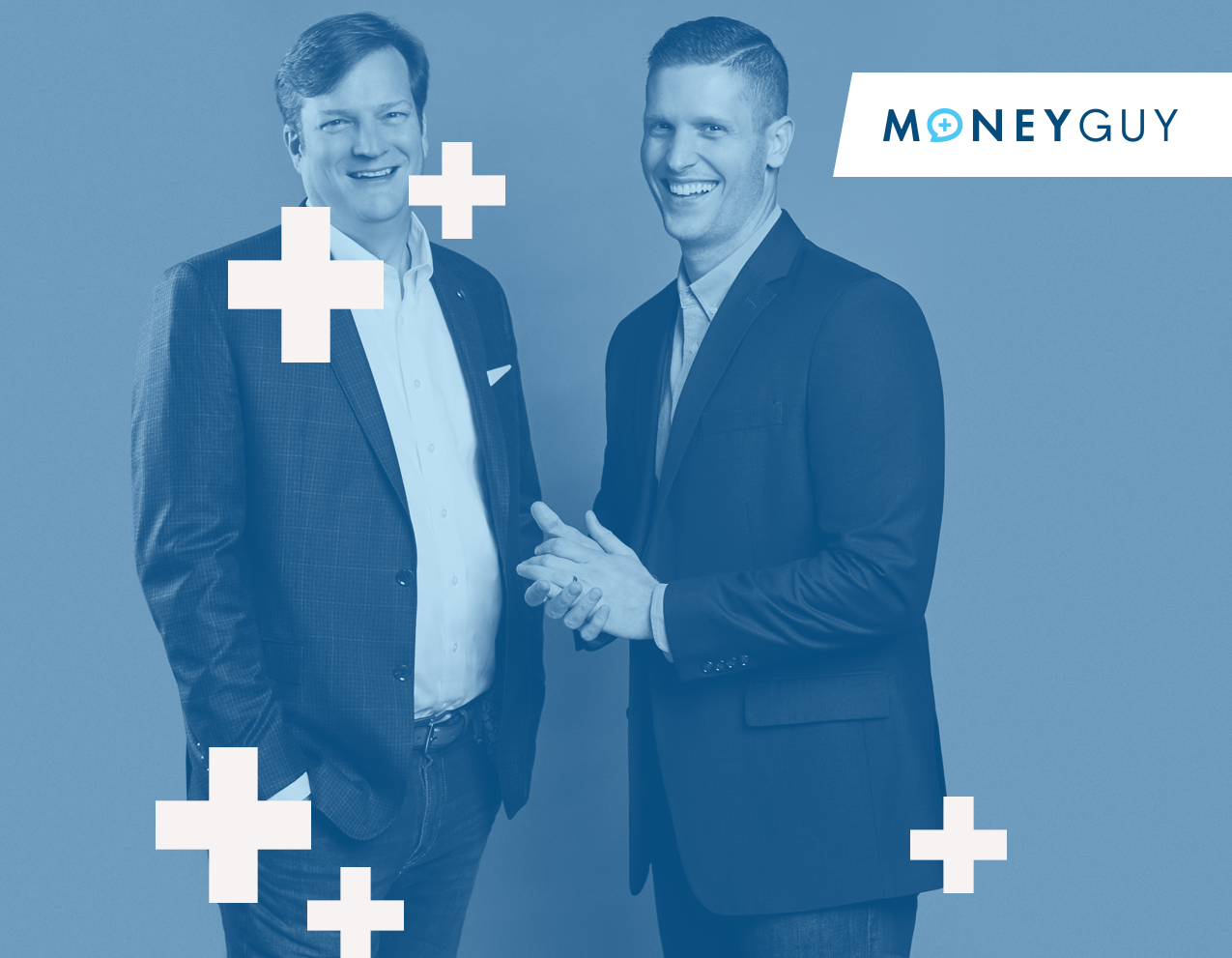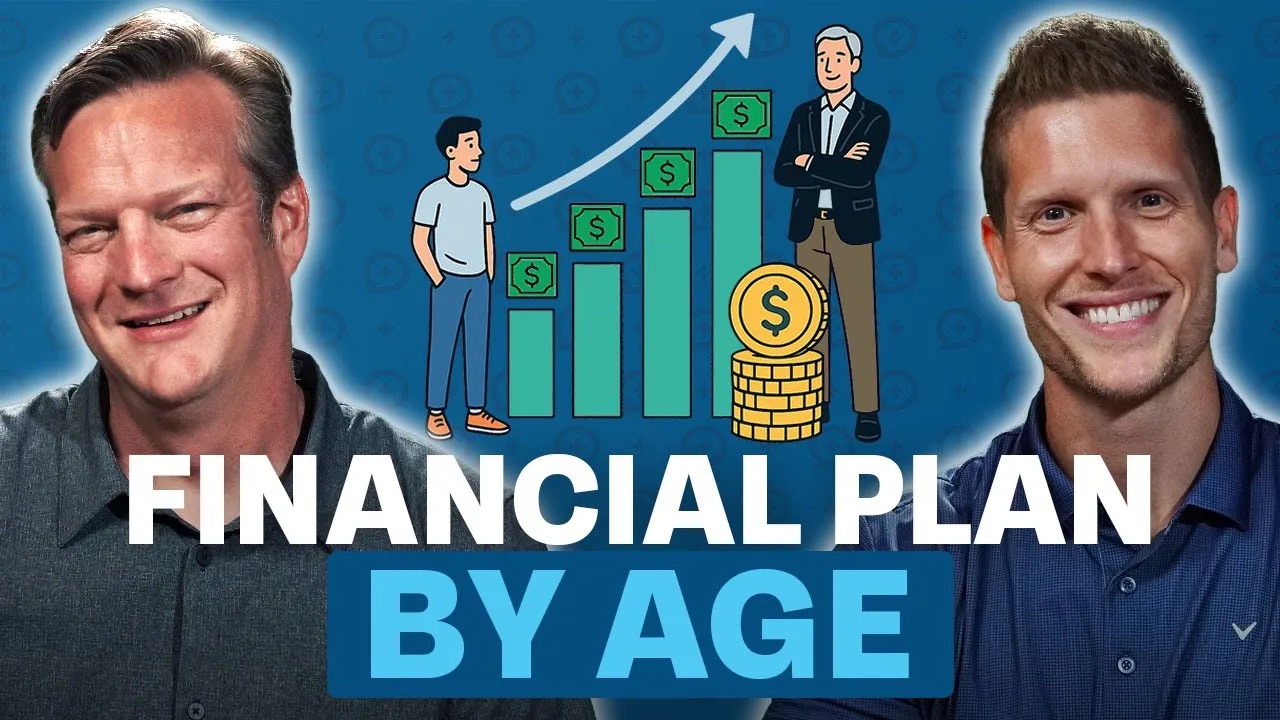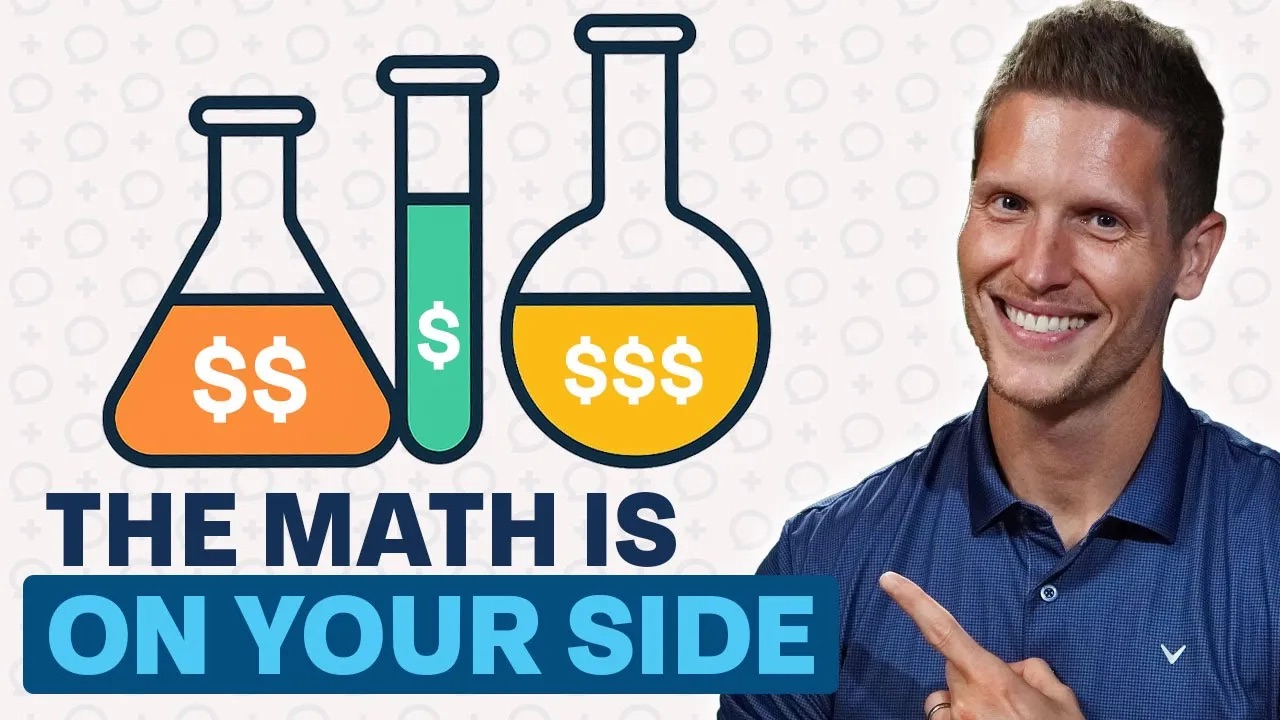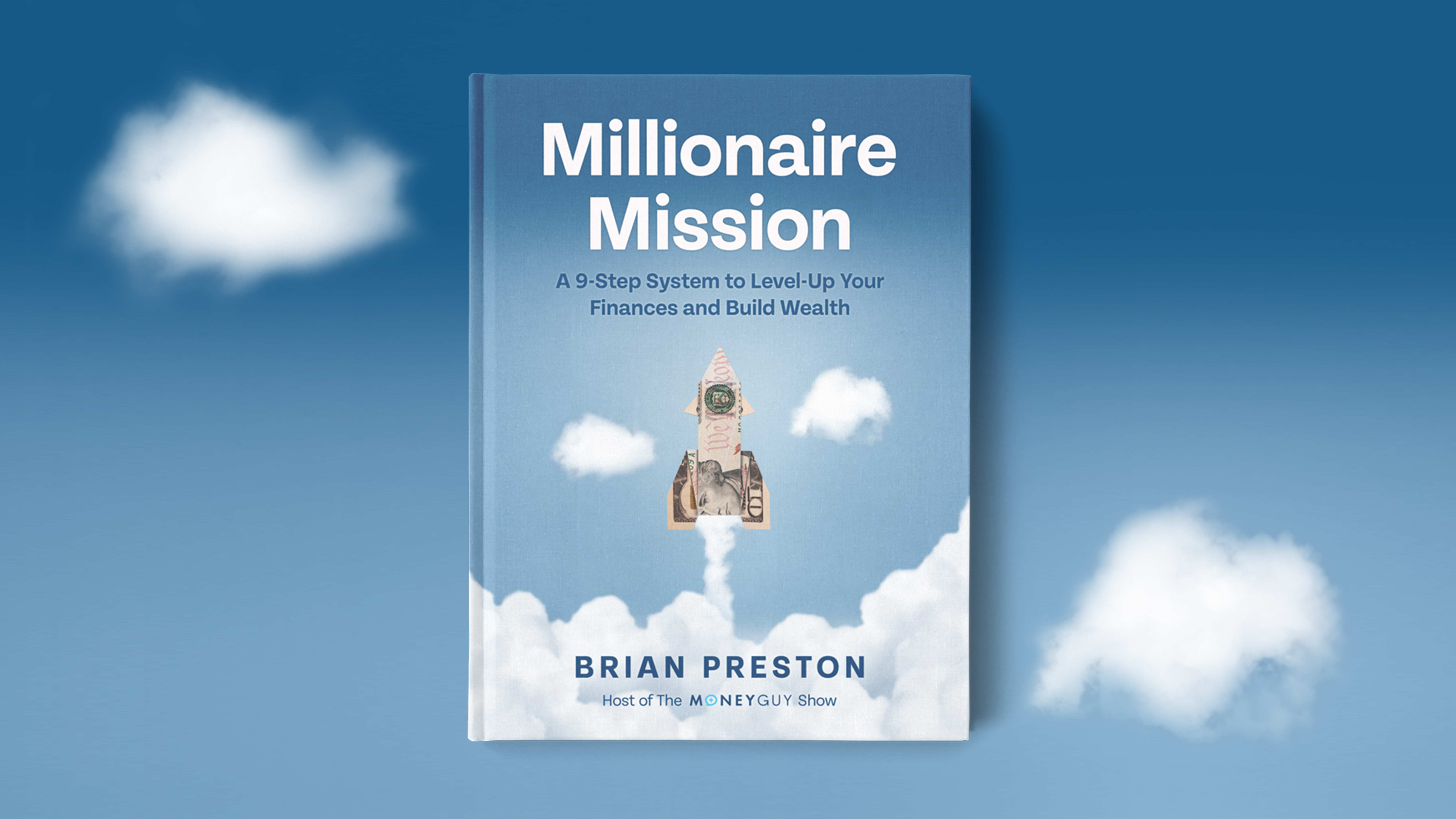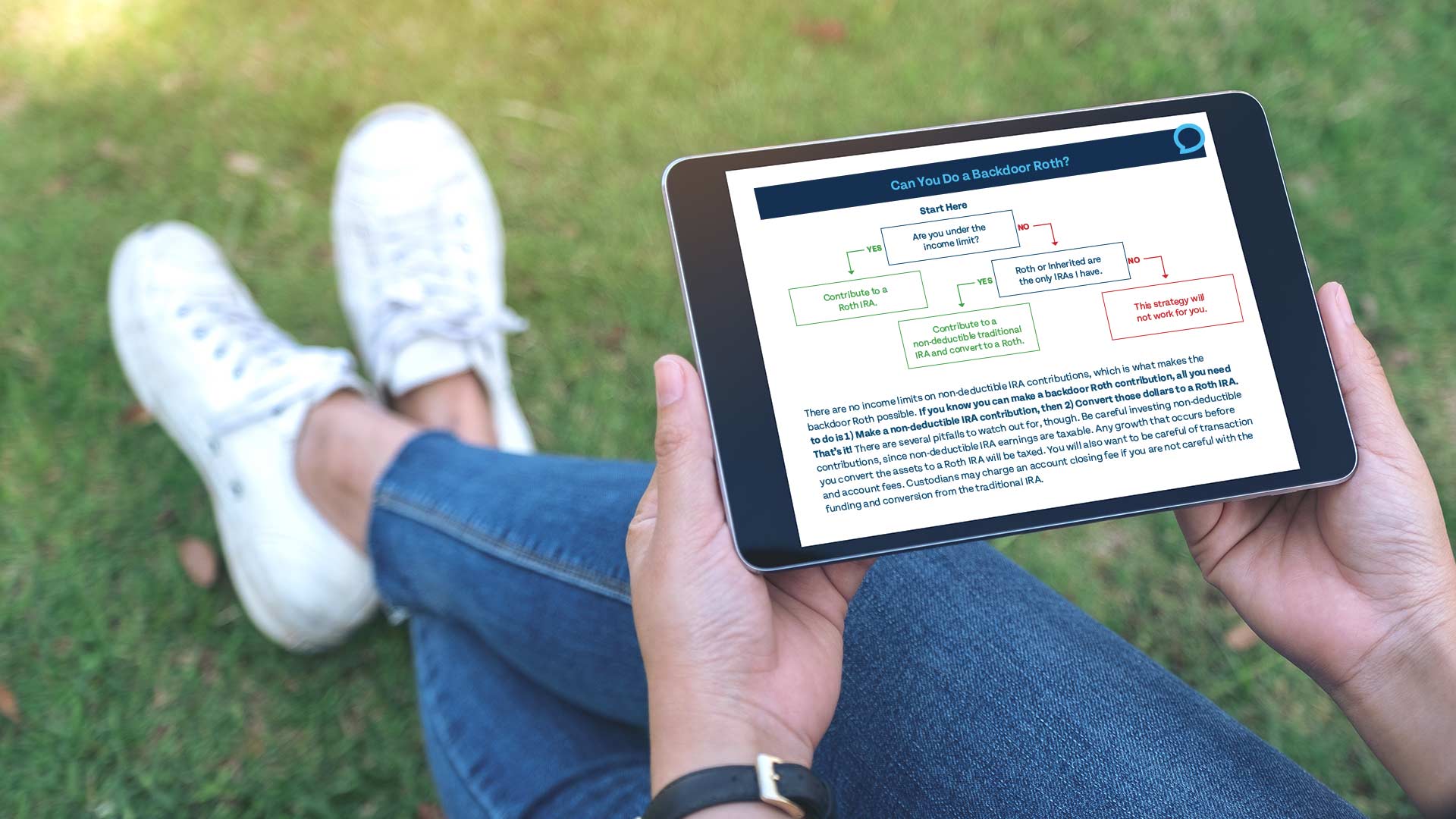Question from Michelle: "Rebuilding our emergency fund after a tough year - should we fully finish step four before moving on to step five, or should we do a hybrid? We're married and in our mid-30s. Our goal emergency fund is $48k, and obviously she's talking about steps five and four and five of
Financial Order of Operations, emergency reserves to, you know, tax-free growth, which is health savings accounts and Roth accounts.
Yes, okay. I want to make sure I'm facts right. She said that rebuilding our fund after a tough year, married mid-30s, our emergency reserve goal is $48k. Yes, that said, we're the current emergency reserve. She has not said. No, obviously, she said they're already building it. Hey, that is in how many months? Yeah. So here's, um, our expenses, I should say. So I would think, Brian, for Michelle, the first thing she has to do is define her number. $48,000. I'd want to know a little bit more about that. When you define your emergency fund goal, we say that your goal in the accumulation phase should be to have anywhere from three to six months of your living expenses as an emergency fund. Well, let's assume that $48,000 in her example is six months of living expenses. I do recognize that there is some opportunity here, specifically as it results, specifically as it relates to moving from step four, fully funded emergency fund, to step five, which is maxing out your tax-free assets, your Roth IRAs, and your HSAs. I would be okay with, and I'm curious to see if you say that if you've already hit that three months or maybe you're somewhere between that three to six months. I don't think it's crazy, especially given that right now, we know there are opportunities out in the marketplace to do both of those simultaneously, to fund your emergency fund as well as you're building those tax-free assets. Because when you put money into your Roth IRA, if, you know, if the you know what would hit the you know what, you can get to those dollars. You can always get to your basis, to your contributions, tax-free and penalty-free from Roth IRA. So even though it's not part of your emergency fund, it is capital that you could get access to. Same thing with your HSA. As you put money into your HSA, if you've been saving accumulated medical expenses or if you incur new medical expenses, you can get those dollars back. So, I do kind of love the idea, once you've hit your first threshold of emergency reserve, maybe that's three months in your situation, maybe it's four months, and you're moving towards the fully funded emergency reserve, I don't think it's crazy to do them both in tandem. However, if you're living at that deductible cover place and you're like, "The you got a thousand bucks saved up, that's no-go land." I think you gotta wait and to at least get to that first safety threshold, and then you can start sort of double-dipping. You agree with that, you disagree?
Well, I think it's because I bet her situation is somewhat nuanced. And the fact that this is because I love how you said you can do both, and that's where I was thinking. You look at this, whether it's the dollar-cost averaging versus lump sum, we know Roth IRAs, you can do $6,500 for somebody who's got a full emergency reserve, meaning they're in step four, and they're feeling pretty fat because they have a good income situation rolling it. We're in a down market right now; I could see a lot of people thinking, 'well, it's just loaded up and put that full $6,500 in.' But somebody who's got the goal of three months, but they want to get to six, is exactly what you said. You could now start doing what the 5-3-1 or whatever, you know, $6,500 divided by 12. $540, you could start dollar-cost averaging into it as part of your cash flow plan. Every dollar, if you got a good income coming in, this is how you're allocating. This is why I love the financial order of operations; it kind of allows you to work through these things together. But here's where I think is going what's going on for Michelle; this is an easy decision for 2023 because we're in the month of January. You can, if you have this goal of building emergency reserves plus funds, you know that's step four, and then step five is the tax-free growth. It's easy for me to think about your cash flow plan of where your next dollar goes, where you can plan for both. I think what Michelle's probably asking is what maybe she didn't find us until November or December of last year, and she's got a Roth IRA she could fund for 2022. Oh, so she's not only ending of 2023, but she's also got to do catch-up on the 2022 because we know you can go back in time essentially on the health savings accounts, the Roth accounts. Not your 401ks and 43bs, but definitely the IRAs you can fund those all the way up until April for last year. So I think a lot of people now, when they because we're in New Year's resolution period, a lot of people are saying, 'hey, I'd like to do both, go get last year's contribution, but also get into this year.' Now you've got a situation, and I think you have to figure out what's actually reasonable for the situation I'm in that doesn't take me so far out on the risk spectrum because look, I'm going to be honest, confessionally, and I write about this, I've written about this, is that I didn't get to always load up my Roth IRA. Um, it kind of, when I started my company, there were about three to four years that I didn't fully maximize it, and it's a big regret of mine. But at the time, I was kind of doing triage on where the next dollar should go. Is it keep the business going while I'm funding for my family? Okay, I don't get to do everything I want to as a financial mutant. Yep, that's okay, Michelle. You just have to, but you have to kind of take into account, take inventory of what you're trying to, what you can legally get into these accounts, take into account your cash flow situation, and then see if there's a win. Since you told me you're between four and five, the dollar, the lump sum doesn't make sense.
If you want to know how powerful your dollar bills are, check out our
Wealth Multiplier deliverable here.


